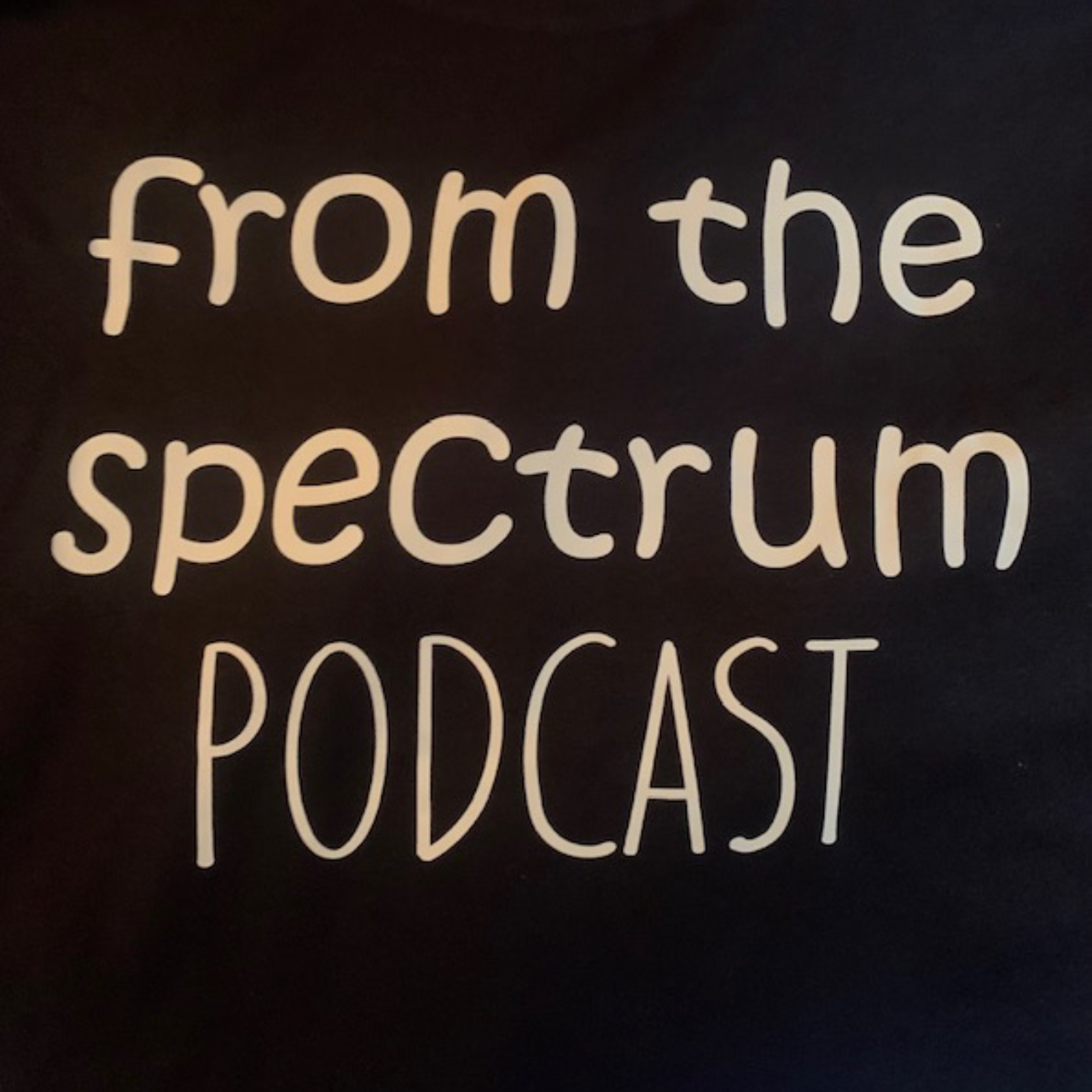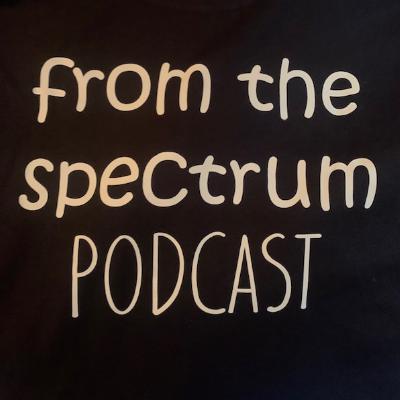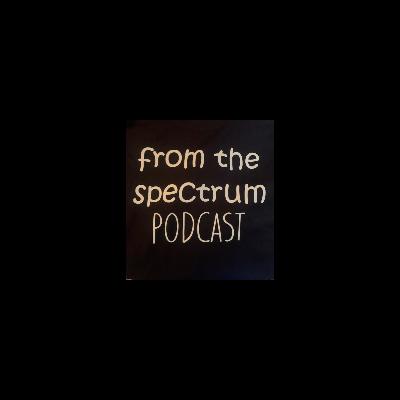Today's episode examines the thalamic reticular nucleus (TRN), a GABAergic structure that filters sensory inputs to the thalamus, influencing sensory processing and attention in Autism. We'll explore how TRN dysfunction contributes to sensory hypersensitivity, repetitive behaviors, and cognitive strengths like visual thinking. We cover the TRN’s visual, somatosensory, auditory, and limbic sectors, using vivid analogies like a security guard and staring contest to illustrate its role. These mechanisms are linked to the Autistic phenotype’s challenges and unique perceptual abilities.Daylight Computer Company, use "autism" for $50 off athttps://buy.daylightcomputer.com/autismChroma Light Devices, use "autism" for 10% discount athttps://getchroma.co/?ref=autismuse "autism" for 10% discount at Fig Tree Christian Golf Apparel & Accessories https://figtreegolf.com/?ref=autismCognity AI for Autistic Social Skills, use "autism" for 10% discount athttps://thecognity.com00:00 Thalamic reticular nucleus (TRN), GABAergic neurons, sensory gating03:42 TRN functional roles, sensory gating, attentional modulation, brainwave generation, neuro-overload prevention07:44 TRN inputs, basal ganglia, repetitive behaviors11:15 Cognitive flexibility, prefrontal cortex, dorsal striatum, rigid responses, Autistic rigidity14:38 TRN outputs, feedback inhibition, excitatory neurons, sensory tuning, gamma oscillations18:35 Burst firing, tonic firing, sensory suppression, attention regulation, sleep spindles22:12 Visual sector, "staring contest" analogy, parvalbumin & VIP interneurons, lateral geniculate nucleus, visual gating25:50 Somatosensory sector, ventral basal complex, tactile hypersensitivity, sensory-emotional integration29:15 Auditory sector, medial geniculate nucleus, auditory sensitivity, social processing deficits, clusters of noises in the environment, Beatles song comparison33:00 Limbic sector, mediodorsal nucleus, anterior insula, emotional regulation, OCD-like behaviors, Leading the way in Adaptive Responses36:47 TRN security guard analogy, sensory control, thoughts and plans, high-intensity stimuli40:20 Visual attention, high gamma activity, subtle environmental cues, Autistic cognitive strengths41:06 Daylight Computer Company, use "autism" for $50 discount43:25 Chroma Light Devices, use "autism" for 10% discountX: https://x.com/rps47586YT: https://www.youtube.com/channel/UCGxEzLKXkjppo3nqmpXpzuAemail: info.fromthespectrum@gmail.com









